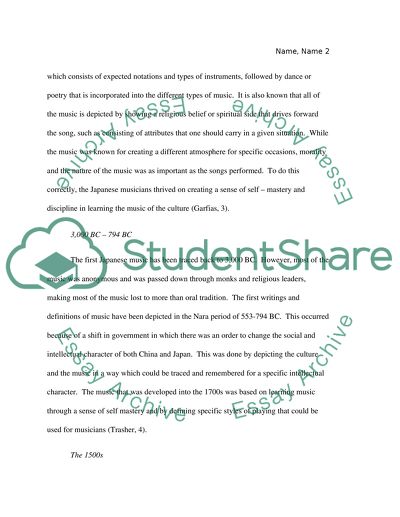Cite this document
(“Overview of Japan music Essay Example | Topics and Well Written Essays - 2750 words”, n.d.)
Retrieved from https://studentshare.org/music/1405986-overview-of-japan-music
Retrieved from https://studentshare.org/music/1405986-overview-of-japan-music
(Overview of Japan Music Essay Example | Topics and Well Written Essays - 2750 Words)
https://studentshare.org/music/1405986-overview-of-japan-music.
https://studentshare.org/music/1405986-overview-of-japan-music.
“Overview of Japan Music Essay Example | Topics and Well Written Essays - 2750 Words”, n.d. https://studentshare.org/music/1405986-overview-of-japan-music.


